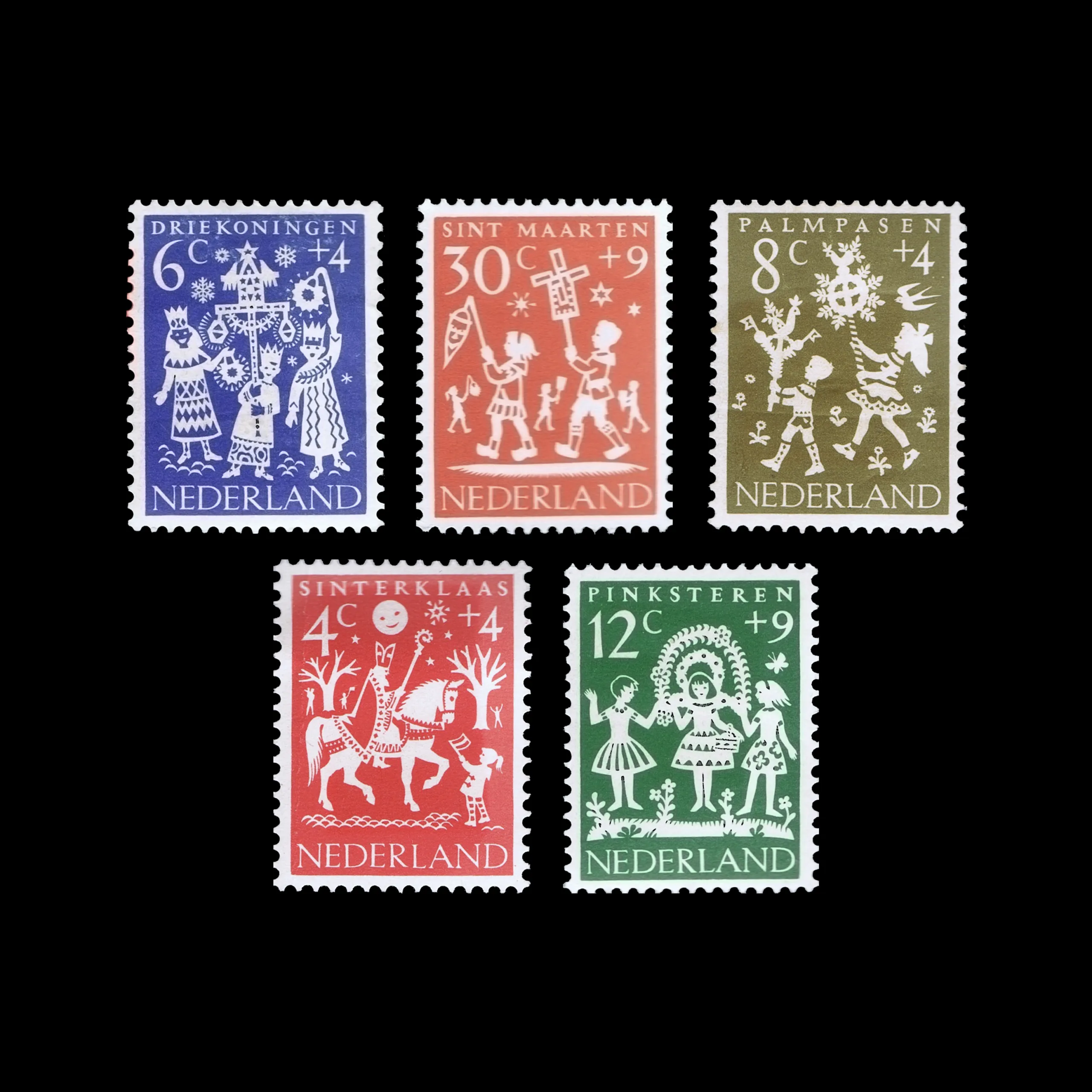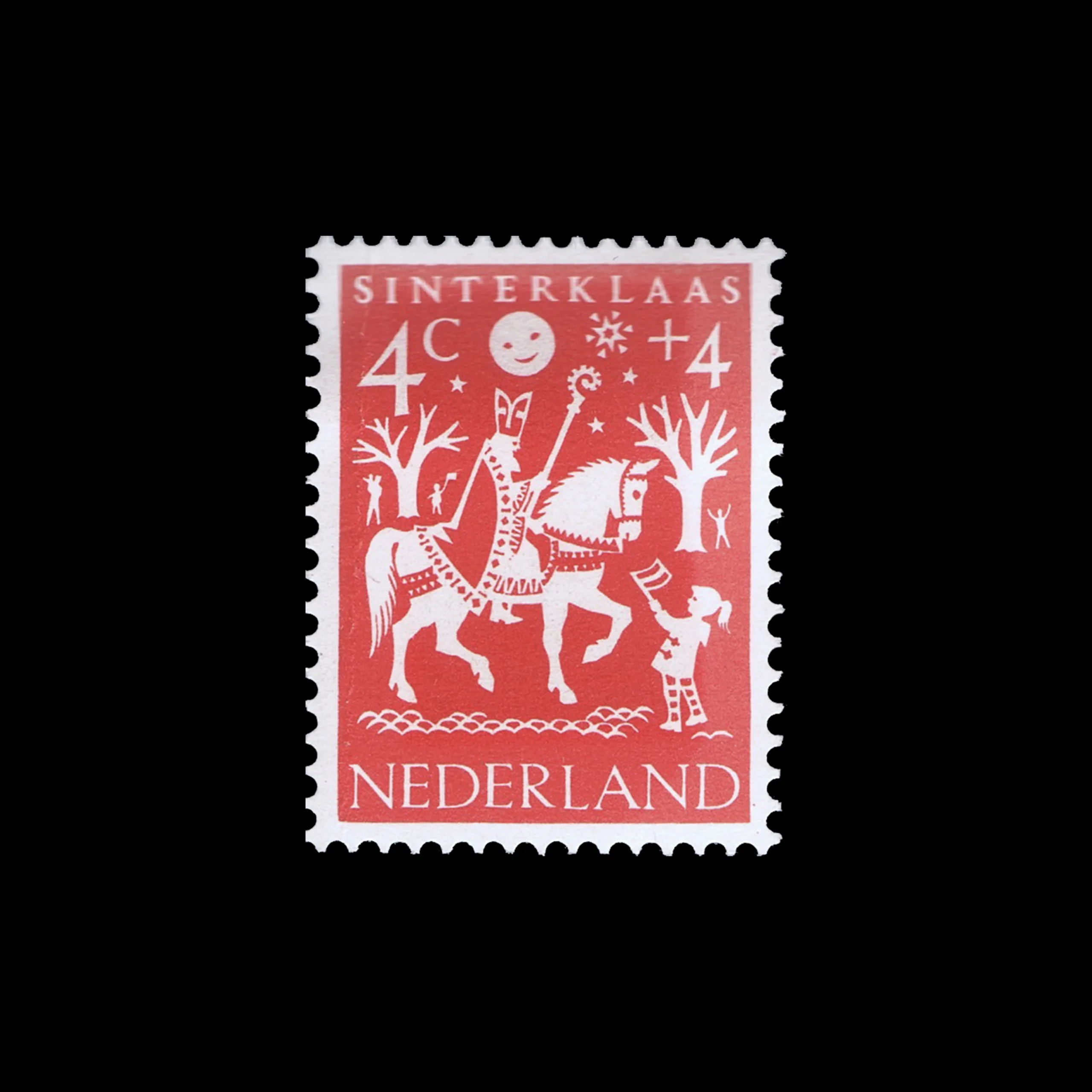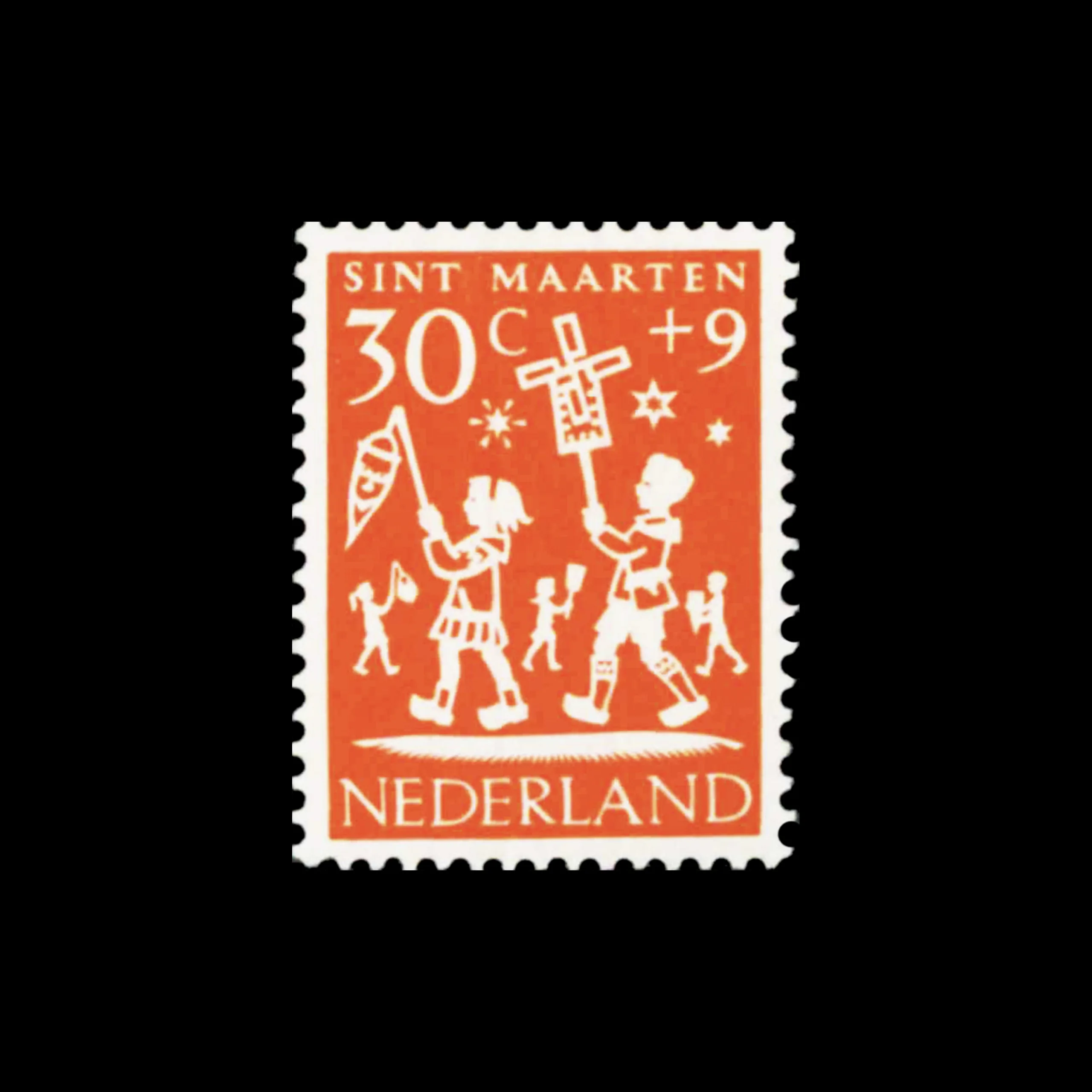Perusing an issue of Der Druckspiegel from 1962, I found these fantastic examples of Swiss Design, produced for the University Ball at the University in St. Gallen, Switzerland, in 1961. The advertising matter included posters, newspaper advertisements, cinema slides, invitation cards and a booklet.











